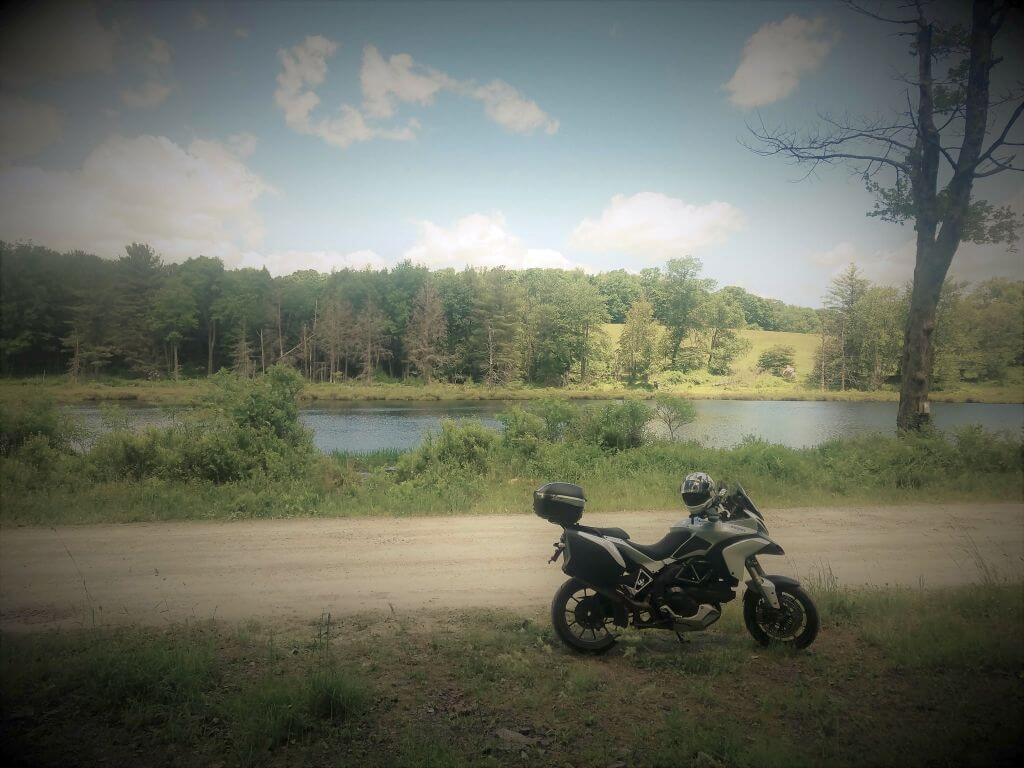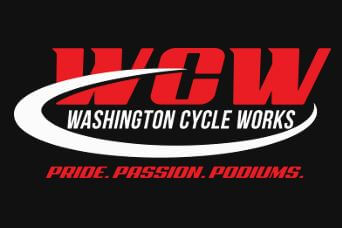It’s that time of year again. We only run one sale per year, so don’t wait!
Sale details can be found here: https://mailchi.mp/stoltecmoto/stoltec-moto-cyber-week-2025
It’s that time of year again. We only run one sale per year, so don’t wait!
Sale details can be found here: https://mailchi.mp/stoltecmoto/stoltec-moto-cyber-week-2025
Big thank you to everyone who is either currently serving or has served the United States military! We understand the sacrifices you’ve made (or are willing to make) and there’s no words that can convey our gratitude. This year, we’d like to call special attention to the fact that you’ve demonstrated your willingness to serve the American People and our constitution. In today’s partisan climate, it’s noteworthy that there are 1M+ people who put others before personal gain or politics. From the bottoms of our hearts – THANK YOU.
We’re proud to offer 5% active duty discounts every day of the year. However, to go just a little bit further, we’re doubling that discount from 11/11/25 through 11/14/25 for all active duty and veterans. Contact us to verify your service and obtain your discount code.
This We’ll Defend
Non Sibi Sed Patriae
Semper Fidelis
Aim High… Fly-Fight-Win
Semper Paratus
Semper Supra
After months of testing, we give our final Sirris Suspension Review for the Sur Ron Ultra Bee. Did this e-moto suspension upgrade truly fix the harsh bottom-out and turn the bike into the trail weapon we wanted? Find out the trail testing verdict in this full deep dive.
It’s that time of year whether we like it or not. If you need installation, service, or maintenance, See here for more information.
We’re really excited to announce that Stoltec Moto is a proud dealer of Sirris suspension products. Sirris is a US suspension company specializing in the design, development, and manufacturing of high-end E-Moto products. They threw the kitchen sink at their F43 fork and R46 shock. Both of these products represent a huge departure from what comes on these e-motos from the factory. If you ride your e-moto hard, stay tuned for updates! Expect to see content on our YouTube channel and products available for purchase here.
There’s no beating around the bush: things are weird right now. Everywhere. The other night I was thinking about our state of affairs: if I entered a coma four years ago and woke up today, I wouldn’t believe my eyes. Things are a little scary, but the good news is that we’re all going through this together and we’ll get through it together. Besides, we always have motorcycles, even if we end up riding less this spring…
In response to this developing situation, Stoltec Moto is taking preventative measures to ensure the health and safety of our customers and our team. As such, effective immediately and until further notice:
Lastly, we ultimately expect a downturn in business during Q2 and Q3 this year. We can (and will) weather this storm. However, we are hereby cancelling the in-house Tenere 700 project. Between the uncertain times we’re living through and the botched roll-out on Yamaha’s part, it is simply not a prudent investment of our time and resources. To all of those who have been in touch, we sincerely appreciate your support and interest. Naturally, we will support the community as best we can!
In the meantime, stay safe and healthy. Don’t fall victim to the public hysteria, but please prepare for the next several months. In the least, we’ll all have time to spend with our loved ones as work and school closures slow our daily lives. Provided we all remain healthy, how can more time ever be a bad thing?
Ride safe!
Nick

It’s easy to get lost in spec sheets, counting miles, or tracking lap times. Fun, for sure, but not what really makes us tick. The Hungarian psychologist Mihaly Csikszentmihalyi spent his life understanding flow, how it’s achieved, and why it’s a necessary component of a fulfilling life. Spend time studying his work, however, and you’ll realize that many live without experiencing it. What is it and why is it so elusive? You’re going to need some two wheel therapy to figure this out.

Mother Nature answered your call with crystal clear skies, fair temperatures, and a propensity to ad lib. The effervescence of late spring transports your soul, each smell conjuring some long-forgotten familiarity. Lush, vibrant forests give way to fields of floral-spotted wild grass in full bloom. Meandering waterways abut rolling hills populated only by those sporting four legs or wings. This rapid-fire immersion in nature’s innocence was enabled by shaking things up – a healthy dose of cognitive dissonance. The stage has been set.
An unfamiliar road opens up, and it’s yours. Tempting as it is to turn it into your personal race track, you yield. You’re not carving pristine tarmac. The road has substance – character, gravitas, history. Every bump, crack, and imperfection conveys a song. As with the best performers, the road’s account is dynamic, adapting to the audience all the while retaining a personality. Listen to the story. Feel the song.
Shaking things up is good, but not when it comes to your equipment. Ironically, these rides demand a splash of instinctive routine. The well set up bike disappears under your control – perfect lever reach, a sorted suspension, intuitive braking, and the seat you forgot about. Downshifts are coupled with the perfect metering of throttle. The thrum of the engine is felt but never fatigues. The exhaust announces your intentions but never incriminates. The melding of rider and machine is symbiotic, culminating in a dance to the road’s song. Dance.
Eventualities arrive and the song ends, the dance slows to a stop, and reality returns from the periphery. These moments don’t arise often, and frankly, that’s by nature’s design. Their spontaneity increases the allure of happenstance and rewards flexibility. Moments of flow may be fleeting, but they bind us together like a cosmic superglue. How will you find your flow this year? Leave a comment and share your flow.
Some customers have noticed our sudden disappearance from Facebook. No, we’re not going out of business! What gives?
The move appears to be sudden because we didn’t advertise this. But, it’s a been a process that has taken over one month to complete. Frankly, it’s been a long time coming.
Spoiler alert: we’re not a fan of Facebook. For years, we avoided the social media platform for a plethora of reasons. We only created a social media presence a few years ago in an attempt to better connect with the loads of customers who use Facebook as their primary means of communications. We were skeptical it’d magically provide boatloads of new customers, but hey, we’re about experimentation and trying new things.
We never realized those ‘boatloads’ of new customers. Was our skepticism warranted? Maybe. We are blessed to have a solid following of customers, and most continued to email, call, or contact us on various forums. It’s worth mentioning that we didn’t go ‘all in’ on Facebook, so it’s likely a harder push would have yielded more traffic. The marketing numbers are out there and Facebook continues to be a solid performer.
So why did we leave? Well, at the expense of sounding like a broken record, we just simply don’t support the social media giant’s business practices. There’s no shortage of bad press for Facebook these days, and many of us saw this coming. As motorcyclists, we’re all sensitive to distracted driving, whatever the cause. But we’ve encountered more and more people who are seemingly ‘plugged in’ all the time…not just behind the wheel. Like any new technology, we’re still not sure how this will play out in the end – whenever that is. How are our social lives being affected? Are we more disconnected now that we’re all uber-connected? How are our families and children being affected? How are our societies as-a-whole being affected?
Stoltec Moto doesn’t employ any psychologists or sociologists, so we’re not qualified to answer those questions. However, we ARE motorcyclists, and one thing motorcyclists rely on (to some extent) is FEEL. And the bottom line for us is that something just doesn’t FEEL right. Whatever it is. So until we figure that out, you won’t find us on Facebook. As always, you can contact us here.


Unsure of your ability in revalving your forks? You’re not alone! We understand that not everyone wants to dig deep into their forks’ internals to eliminate brake dive, that pogo stick action, and improve ride quality. While we’d love to provide this service again, we’re focused on developing and retailing the finest suspension products you can obtain for your ride. That said, we heard your pleas!
We are proud to announce that Washington Cycle Works in Washington, NJ is now Stoltec Moto’s authorized installation center. These guys have been road racing and building customer bikes for the better part of 20 years. Most importantly, they are a small family-owned and operated shop who value honesty and integrity above the bottom line. We don’t take our recommendations lightly, but Ron and crew are amongst the best people in the industry. They know their way around a bike’s suspension!
Contact us about your suspension needs and we’ll help coordinate installation with the good folks at Washington Cycle Works!